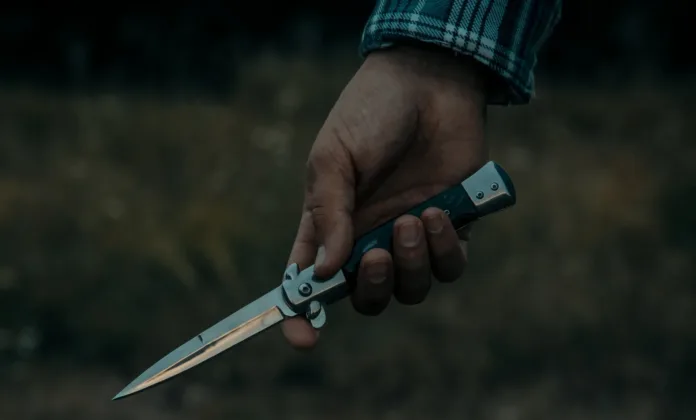Man stabbed outside Harvey Nichols as knife attacks, shootings and sex crimes sweep the capital
London is reeling after a brutal three-day wave of violence shattered the illusion of safety across the capital. A young man was stabbed to death outside a luxury hotel in Knightsbridge as terrified tourists looked on—just one of several horrific incidents that have rocked the city.
The victim, believed to be in his 20s, collapsed opposite the high-end Harvey Nichols store on one of London’s most affluent streets. Emergency services rushed to the scene, but the man was declared dead on arrival. As police sealed off the area, stunned witnesses stood frozen, unable to comprehend such savagery in the heart of a district famed for wealth and glamour.
One passer-by, visibly shaken, said, “You don’t expect to see someone murdered in broad daylight outside a hotel where people are drinking champagne. It’s terrifying.”
But Knightsbridge wasn’t the only area hit. On the other side of the city in Ruislip, a teenager was stabbed near a pharmacy, and in Camberwell, four men were knifed in a mass brawl that sent panicked crowds fleeing. The chaos left a bloody trail that spread from suburban streets to central landmarks, shattering any sense of normality.
Elsewhere, violence took different forms. In Tottenham, a targeted shooting at a residential address has left locals in fear, while commuters across London were sickened by a string of sexual assaults on public transport. One particularly disturbing incident involved a man exposing himself to a 15-year-old girl on the Elizabeth Line, prompting a police appeal and a flood of outrage online.
Despite official claims of a slight fall in overall violent crime rates, police admit that knife-related offences are on the rise. For residents, that trend spells little comfort. The past 72 hours have served as a grim reminder that brutality continues to scar London’s streets, rich or poor, north or south, day or night.
Embed from Getty ImagesDetectives have released CCTV footage of several suspects and are urging the public to come forward with information. “Someone knows who these people are,” said a Met spokesperson. “We need witnesses, we need cooperation, and we need communities to help us stop this before more lives are lost.”
Critics, however, say the time for appeals has passed. Public confidence is faltering, and calls are growing for more visible police patrols, stricter sentences, and urgent investment in youth prevention schemes.
“For years we’ve heard about knife crime being tackled,” said one Camden mother. “But every week, it’s the same—blood on the streets and another family destroyed.”
The fear is not just rooted in gang conflict or postcode wars. Increasingly, victims are young, attacks are brazen, and locations once thought ‘safe’ are becoming battlegrounds. Whether it’s a luxury retail strip in Knightsbridge or a local chemist in Ruislip, violence is no longer confined to shadowy corners.
The question now dominating community meetings and WhatsApp groups is chillingly simple: How bad does it have to get before real change happens?
As Londoners navigate the aftermath of yet another brutal spree, police have vowed to step up patrols and bring the perpetrators to justice. But as yet, no arrests have been confirmed in the most high-profile attacks. The pain is raw, the fear is rising, and the pressure on authorities is mounting.
For a city that prides itself on resilience, the last few days have laid bare a harsher truth: violence no longer respects postcode or privilege. And London’s streets—however historic, however wealthy—are not immune.
